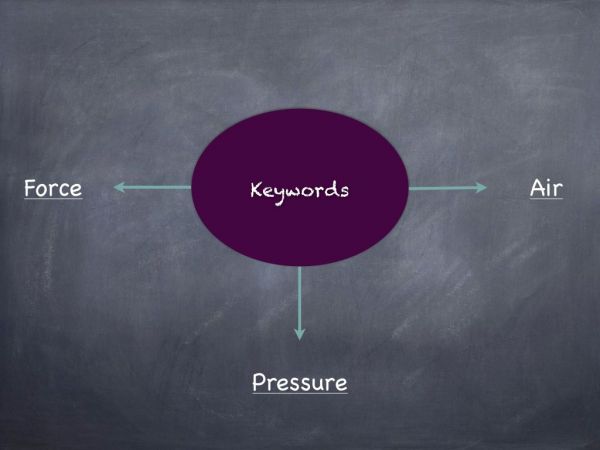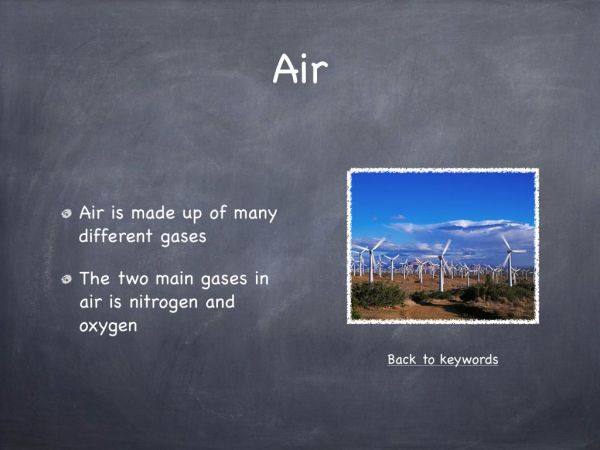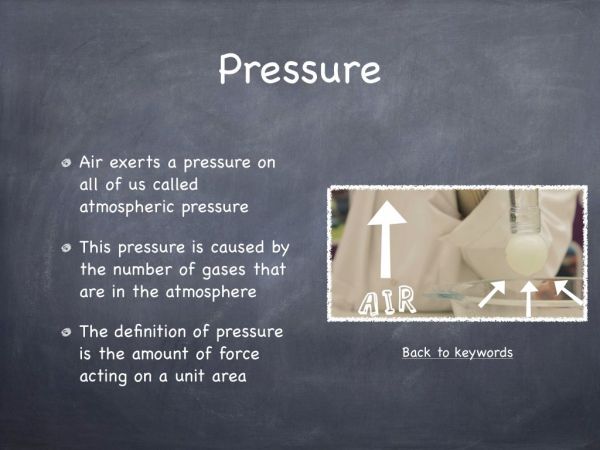Students are aware that air is all around us and exerts a pressure. However, this can be difficult to visualise. These two easy demonstrations help to illustrate the forces air can exert.
Video: Demonstration of the force exerted by atmospheric pressure
Methodology
Abhair
- Plastic bottle
- Screws
- Large glass bottle
- Water
- Food colouring
- Ping pong ball
Method
‘Anti-gravity ball’
Completely fill the bottle with water and then place the ping pong ball on top. Slowly turn the bottle upside down and observe and explain the result.
‘Magic bottle’
Make small holes in the plastic bottle using a pin. Then insert screws into the holes without exerting too much force with may crack the bottle. Fill the bottle with water (add food colouring to improve contrast). Secure the lid tightly on the bottle and remove screws and observe result. Then remove lid and observe the water flowing out.
Tips
It is important not to crack the bottle when inserting the screws as this will not achieve the desired results. The bottle should be strong with a simple shape. For the anti-gravity ball, the bottle must be glass and the larger the bottle the easier the demonstration is.
*Precautions/Safety
Theory behind the hook
Air exerts a pressure on both the ping pong ball and the holes in the plastic bottle of water. The force is large enough to keep the water in the bottles. This works because a small vacuum is created in both bottles as they are completely filled with water. This stops the air exerting a force from within the bottle and in turn, the pressure from the air outside the bottle is greater. When the lid is removed from the plastic bottle with the screw holes, the air is able to exert a greater pressure on the top of the water, forcing the water out. The large surface area of the ping pong ball allows the air to put enough upward pressure on the ball, keeping a significant volume of water in the glass bottle.
How this hook works
These hooks can be used at the start of the air and oxygen topic to illustrate the force air can exert. The video can be shown and paused if necessary or the teacher could do the experiment in class or ask the guide the student through the experiment for maximum effect.
Questions & Answers
- What is air pressure?
Air pressure is the force exerted on you by the weight of tiny particles of air. Although air molecules are invisible, they still have weight and take up space. - How much pressure are we under?
The earth’s atmosphere is pressing against each square inch of you with a force of 1 kilogram per square centimetre. The force on 1,000 square centimetres is about a ton. - Why doesn’t all that pressure squash us?
We also have air inside our bodies. This air balances out the pressure outside so we are not crushed by the force of the air
Cross Curricular Links
Links can be made to physics section when talking about atmospheric pressure and vacuums. In the chemistry section, links can be made to states of matter and the atmosphere.








